Picking between highlights and babylights isn’t just about flipping through photos at the salon—there’s a real difference in how they’re done, how they grow out, and how they play with your natural color. And if you’ve ever left the chair wondering why your hair didn’t turn out quite the way you imagined, chances are the technique had a lot to do with it.
In this guide, we’re breaking down what actually sets these two apart—no fluff, just clear, useful info to help you figure out what works best for your hair type, lifestyle, and maintenance goals. If you’ve been on the fence or confused by the terms, this should clear things up.
Application Technique

The art of enhancing hair with color begins with distinct application techniques. Highlights typically involve larger sections of hair being woven and colored, creating bold, contrasting streaks. Babylights, on the other hand, mimic the delicate hues seen in children’s hair after a summer in the sun. These fine, subtle strands require meticulously sectioning smaller amounts of hair. The process can be more time-consuming but offers a natural, sun-kissed appearance. Understanding these methods can guide individuals in choosing the effect that aligns with their desired look.
Color Intensity
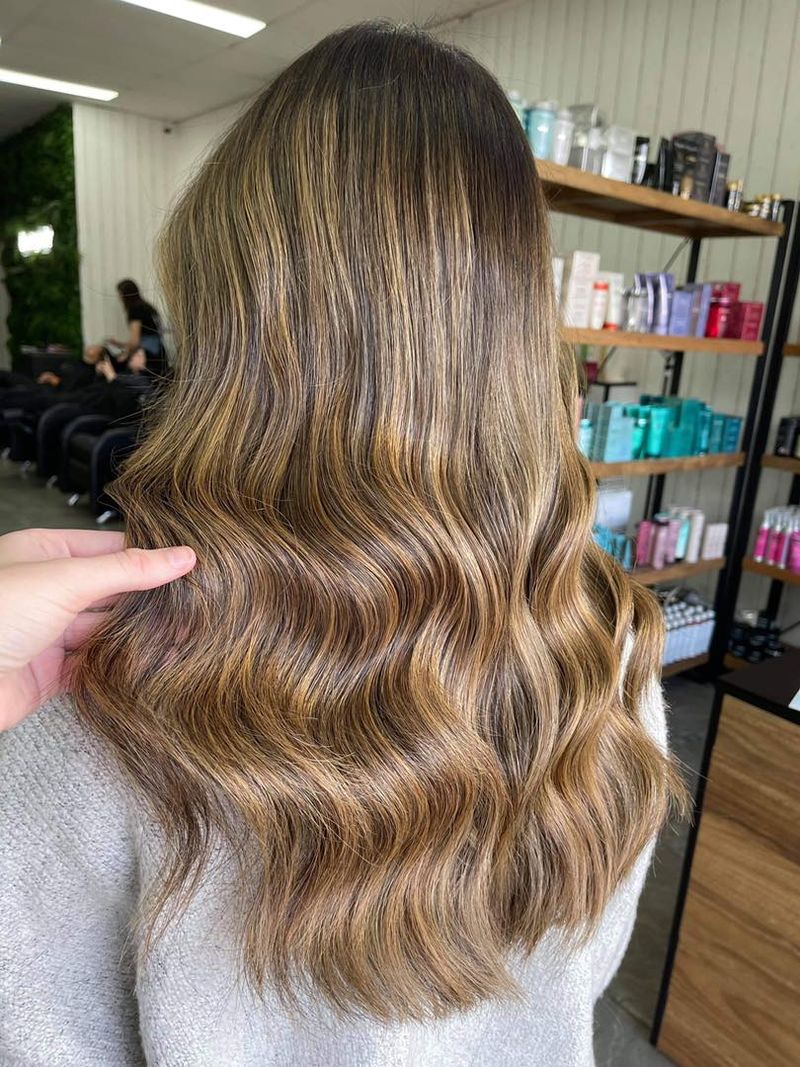
Color intensity plays a pivotal role in personalizing hair color. Highlights are known for their vibrant contrast, showcasing a clear distinction between the dyed and natural hair. Babylights provide a softer, more blended appearance, enhancing the hair’s natural shine. This subtlety makes babylights ideal for those seeking understated elegance. The choice between bold highlights and gentle babylights can reflect one’s personality and fashion sense, allowing for expression through shades and hues. Hair color intensity can be a reflection of one’s style and approach to life.
Maintenance Frequency
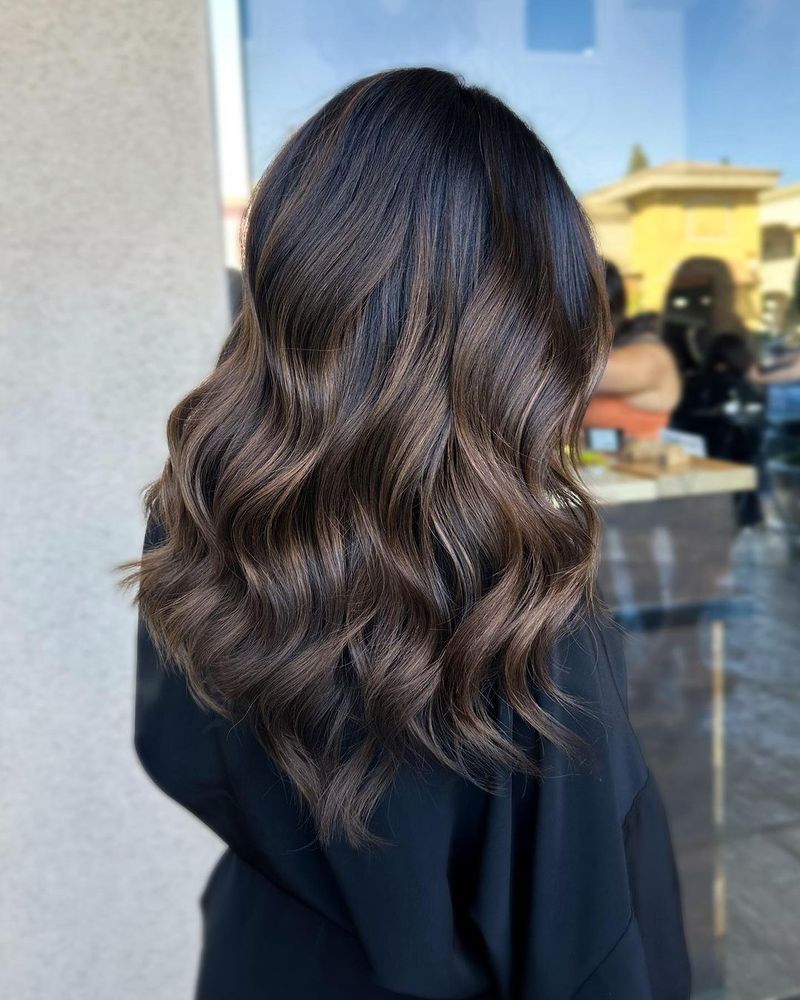
The commitment to maintaining hair color varies significantly between these two techniques. Highlights demand regular touch-ups, typically every 6-8 weeks, to keep the contrast sharp and prevent noticeable roots. Babylights, offering a more natural blend, allow for longer intervals between salon visits. This low-maintenance appeal suits those with busy lifestyles or those preferring a laid-back approach to personal grooming. Understanding the maintenance involved can help individuals plan their schedule and budget accordingly.
Suitability for Hair Types
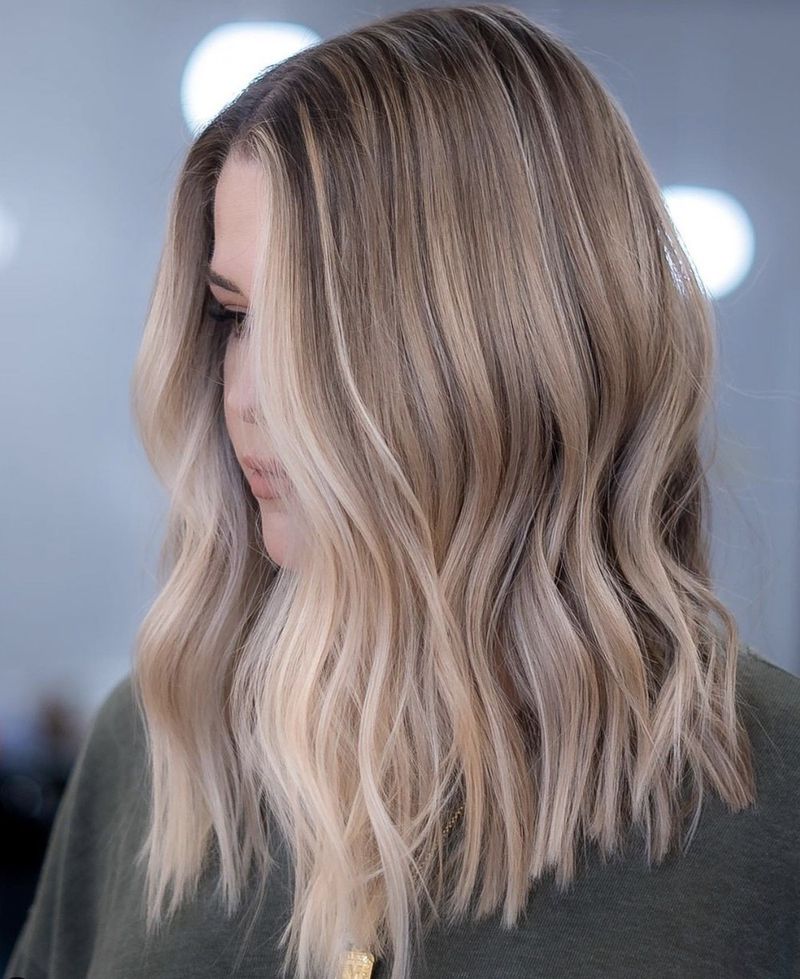
Hair type influences how highlights and babylights complement one’s look. Highlights can add depth to straight hair by creating stark lines and contrast. Curly and wavy hair benefit from the soft, natural blend of babylights, which enhances texture without overpowering natural curls. Recognizing the suitability of each technique for different hair types can guide individuals in selecting a style that enhances their unique texture and volume. This personalized approach ensures the chosen technique accentuates natural beauty.
Cost Consideration

The financial investment in hair color is an important consideration. Highlighting often requires less time and product, making it a more economical option compared to babylights, which demand precision and time. Consequently, babylights can be pricier due to the intricate process. Those prioritizing budget might lean towards highlights, while others valuing a natural, seamless look may opt for babylights despite the higher cost. Understanding these cost differences is vital in making an informed decision aligned with one’s financial goals.
Styling Versatility
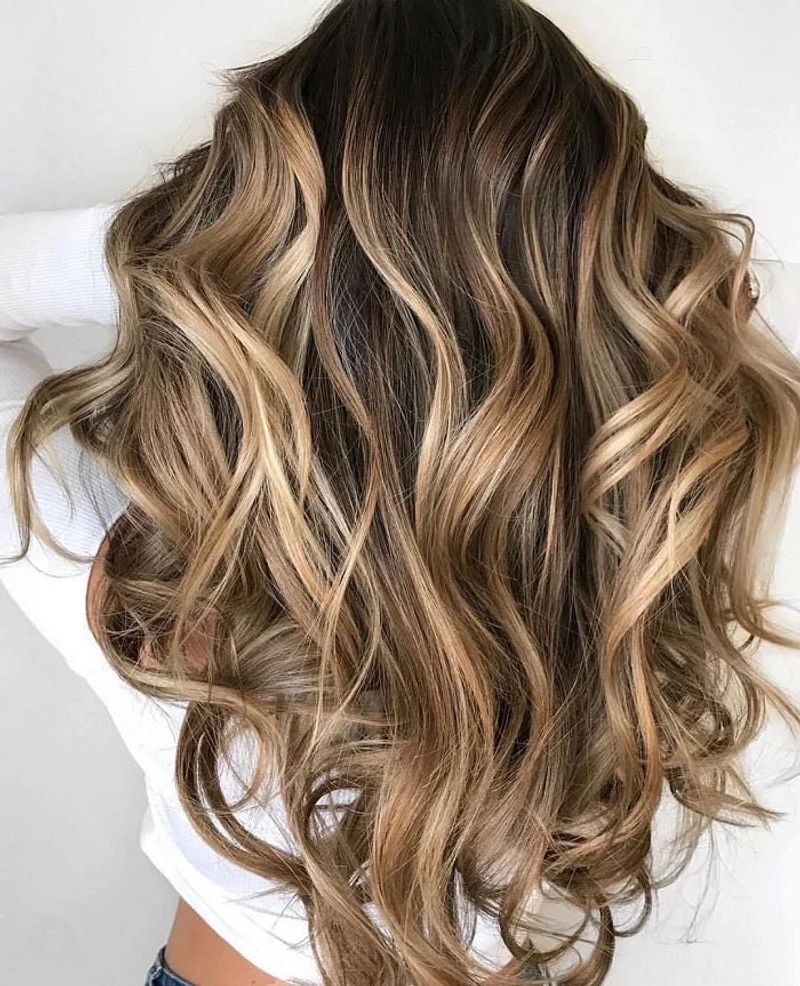
Styling versatility is enhanced with both techniques, yet they offer distinct benefits. Highlights provide a striking backdrop for bold hairstyles and dramatic updos, emphasizing the contrast. Babylights, subtle and natural, blend seamlessly with casual and sophisticated styles, offering a more understated elegance. The choice between these techniques influences hair styling options and can either amplify or soften a style statement. This understanding aids in aligning one’s hair color choice with lifestyle and fashion preferences.
Effect on Hair Health
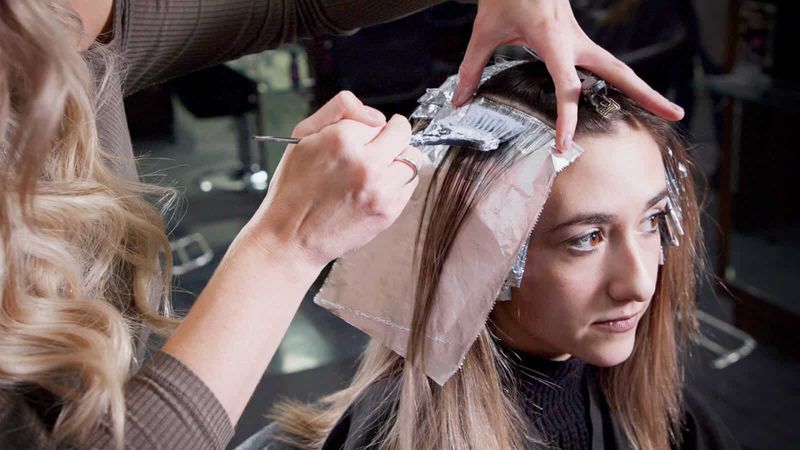
The impact of hair color techniques on hair health varies. Highlights, often using stronger bleaching agents, can lead to more pronounced damage if not properly cared for. Babylights, though still requiring chemical processing, tend to be less harsh due to the gentler approach. Proper aftercare and professional guidance can mitigate potential damage, preserving hair’s natural shine and strength. Understanding these effects enables individuals to make choices that prioritize hair health while achieving the desired aesthetic.
Fade Over Time

The longevity of color impact is crucial for maintaining the desired look. Highlights typically fade more noticeably, often revealing a stark contrast as the color diminishes. Babylights, offering a natural blend, fade gradually and subtly, maintaining a more consistent appearance over time. This difference in fading can influence the frequency of salon visits and the use of color-preserving products. Recognizing how each technique ages can assist in planning maintenance and achieving long-lasting results.
Historical Origin

The journey of hair coloring has evolved significantly over decades. Traditional highlights gained popularity in the 1970s, offering bold, noticeable streaks as a fashion statement. Babylights are a more contemporary technique, developed to mimic the natural lightening effects of the sun on children’s hair. This modern approach reflects a shift towards natural-looking color. Understanding these origins provides context for the development and popularity of each technique, aiding in appreciating their place in hair fashion history.
Cultural Influence
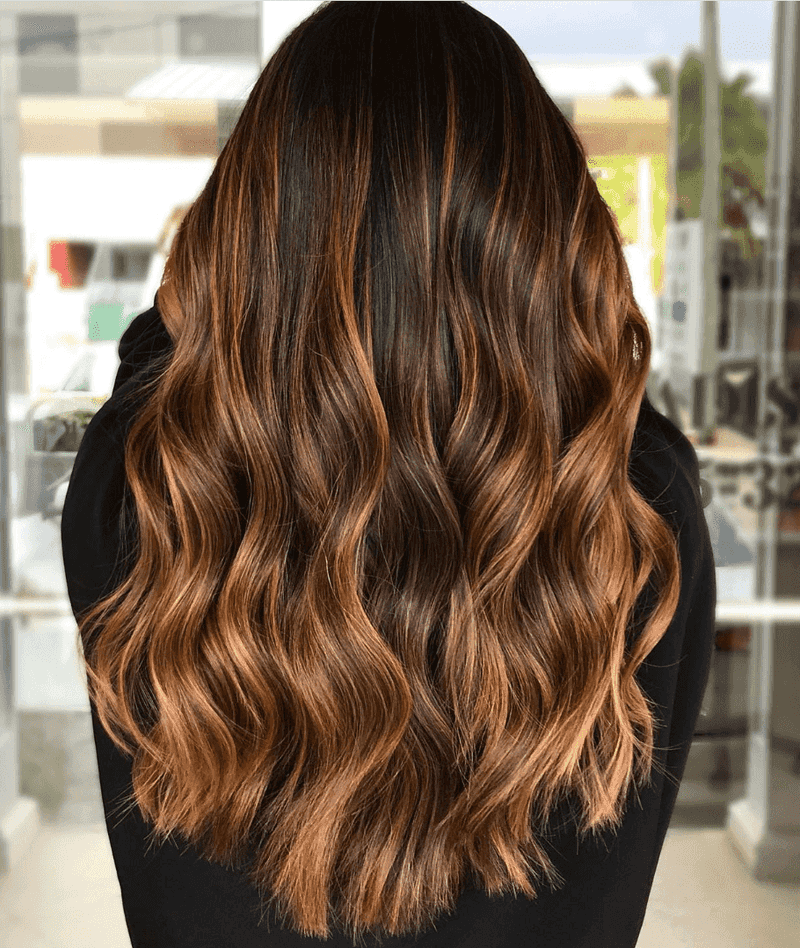
Cultural trends have shaped hair coloring preferences worldwide. Highlights, with their bold and dramatic flair, cater to cultures valuing strong individual expression. Babylights, subtle and natural, align with trends emphasizing understated elegance and minimalism. These cultural influences reflect broader societal values and aesthetic preferences, influencing individual choices. Recognizing this cultural impact can deepen one’s appreciation for the diversity and creativity in hair fashion. Choosing between these techniques can reflect one’s cultural identity and personal values.
Celebrity Influence

Celebrities often pave the way for beauty trends, with hair color being no exception. Highlights have been popularized by celebrities seeking to make bold statements, while babylights offer a softer, more natural appearance endorsed by those pursuing elegance and subtlety. The choice between these techniques can be influenced by celebrity styles, impacting mainstream fashion and individual preferences. Following celebrity trends can offer inspiration and guidance, reflecting a personal connection to popular culture through hair choices.
Seasonal Trends
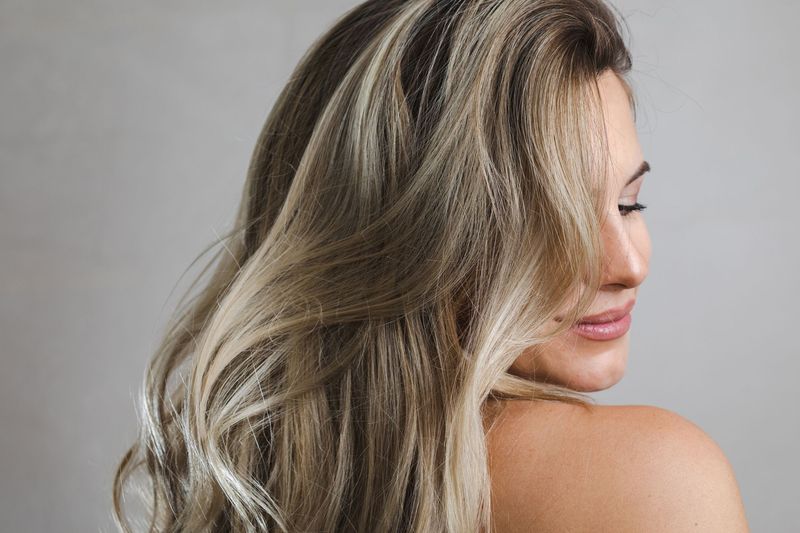
Seasonal changes often dictate hair color trends. Highlights are popular in the summer, reflecting the sun’s natural brightening effect, while babylights are favored in fall and winter for their subtle warmth and depth. These seasonal preferences are driven by the desire to complement natural lighting and fashion trends. Choosing a hair color technique aligned with the season can enhance one’s style and mood, harmonizing with nature and current trends. This seasonal awareness can guide individuals in selecting a timely, fashionable hair color.
